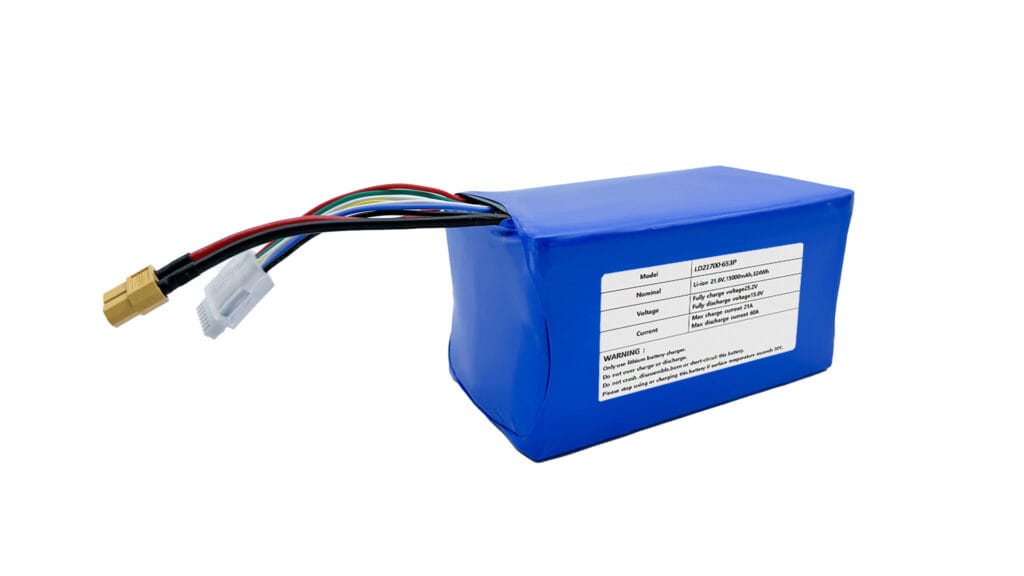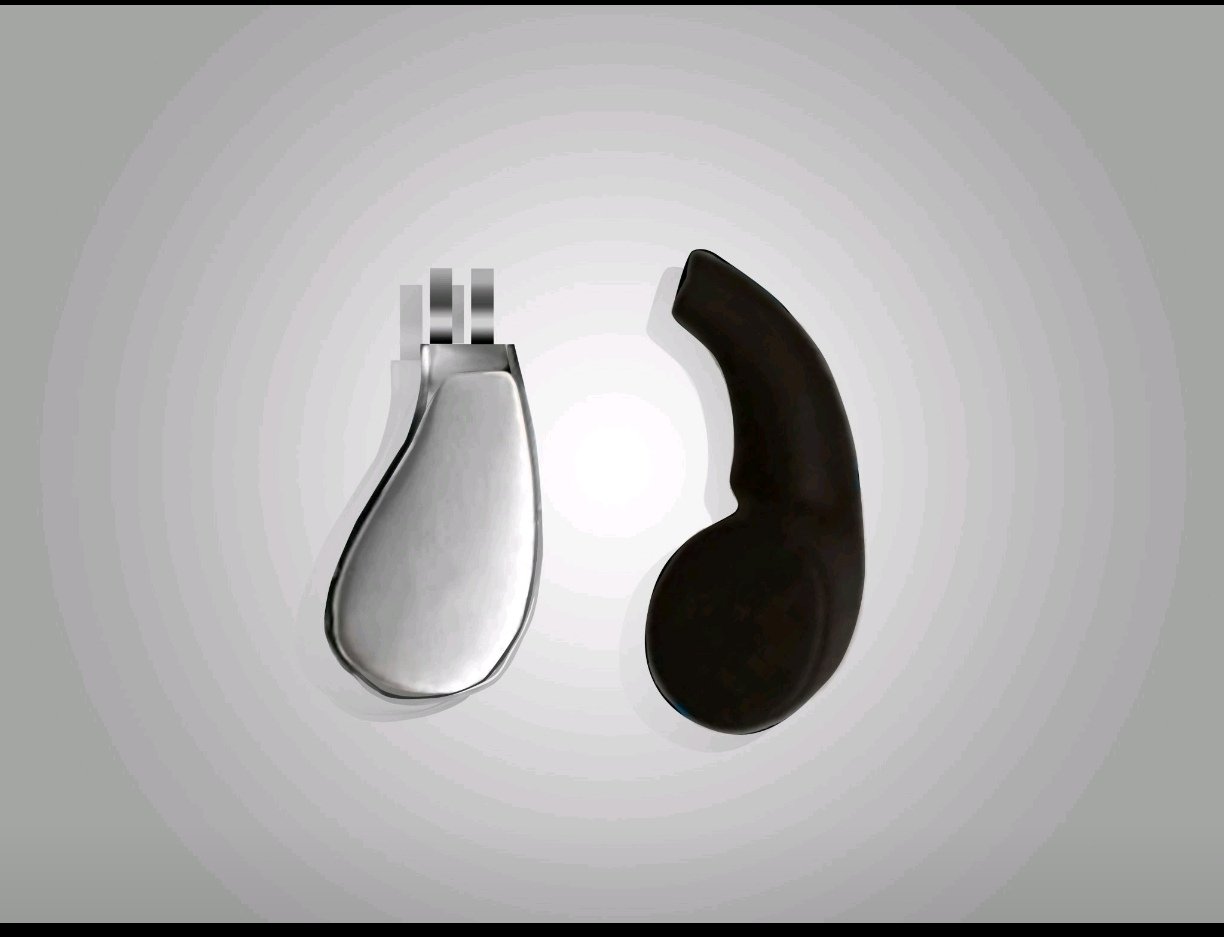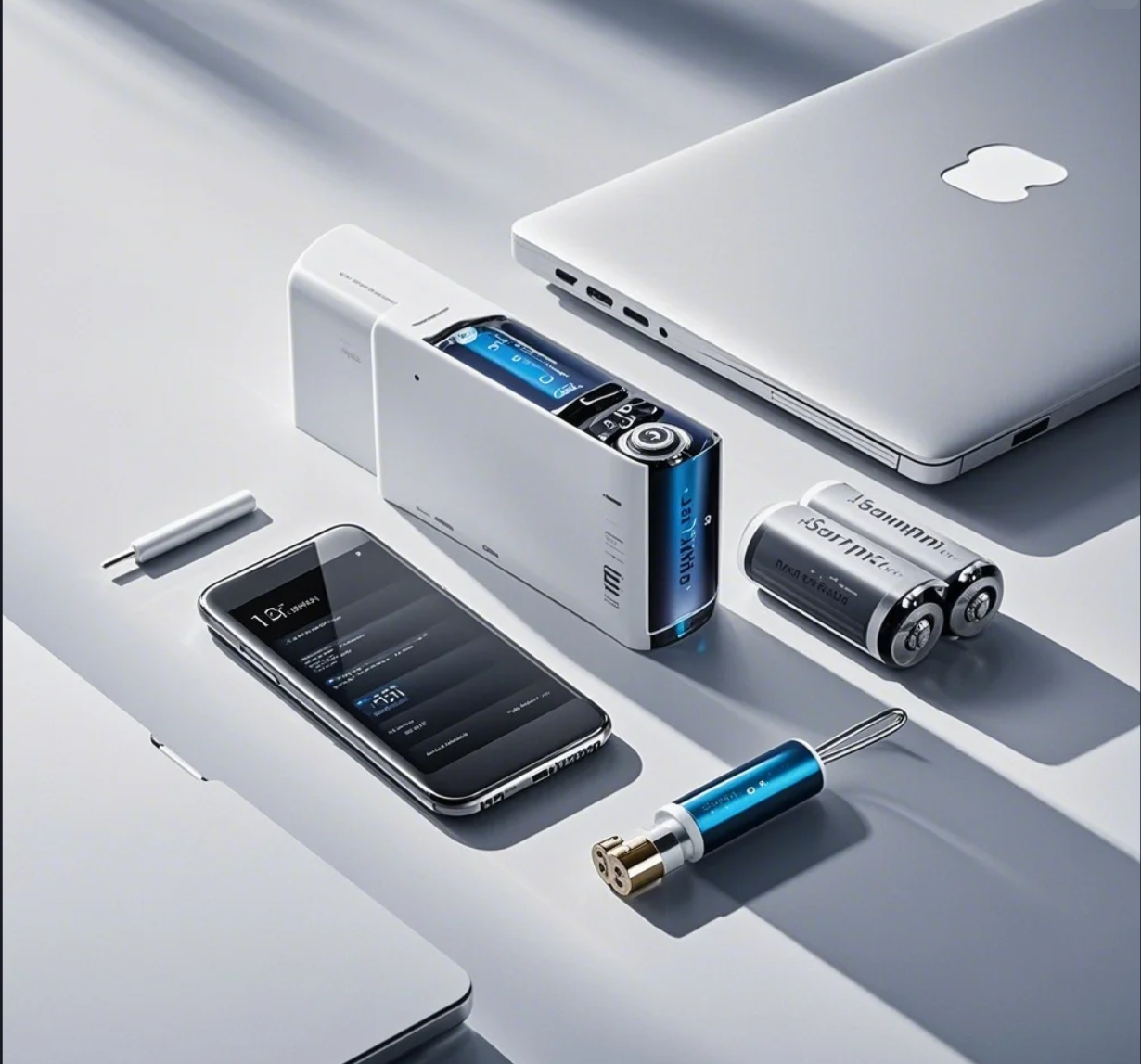Lithium-ion batteries have become the unsung heroes of our modern lives, powering the smartphones that keep us connected, the laptops we work on, the cameras that capture our memories, and a myriad of other essential travel gadgets. As indispensable as they are, the question of whether you can take these lithium ion batteries on airplanes often sparks confusion and anxiety among travelers. Are there restrictions? Do they need to be in your carry-on or checked luggage? What about those handy power banks?
If you’ve ever found yourself scratching your head over these questions, you’re not alone. Airline regulations surrounding lithium-ion batteries exist for crucial safety reasons, and understanding them is key to ensuring a smooth and stress-free journey. This comprehensive guide will break down the rules, explain the limits, and provide you with the definitive information you need to confidently travel with your essential electronics.
Understanding the Basics: Why the Restrictions?
Before diving into the specifics, it’s important to understand why airlines have restrictions on lithium-ion batteries. These batteries contain flammable electrolytes, and under certain conditions, such as damage, manufacturing defects, or short circuits, they can overheat and potentially cause fires, a phenomenon known as thermal runaway. The environment inside an aircraft, with its changes in pressure and potential for vibrations, can exacerbate these risks.
While incidents are rare, when they do occur, they can pose a significant threat to the safety of everyone on board. Therefore, regulations are in place to minimize these risks, ensuring that your devices and batteries are transported in a way that safeguards both passengers and crew. Think of it as a collective effort to maintain a secure environment high above the clouds.
The Golden Rule: Carry-On vs. Checked Baggage
One of the most fundamental rules to remember is that spare (uninstalled) lithium-ion batteries are almost always required to be in your carry-on baggage. This means if you have extra batteries for your camera, laptop, or any other device, they must travel with you in the cabin.
The rationale behind this rule is simple: if a battery were to overheat or catch fire in the cabin, the flight crew is trained to handle the situation immediately. They have access to fire extinguishers and can monitor the situation closely. In the cargo hold, where checked baggage is stored, it’s much harder to detect and respond to such an event.
Devices containing lithium-ion batteries, such as your smartphone, laptop, or camera with the battery inside, are generally allowed in both carry-on and checked baggage. However, aviation authorities like the FAA and EASA strongly recommend keeping these devices in your carry-on as well. This provides an added layer of safety, allowing you to quickly access the device if any issues arise.
There are some exceptions to this general rule, particularly for larger batteries found in mobility devices like wheelchairs and scooters. These often have specific procedures and may require prior approval from the airline. We’ll touch on these later, but for the vast majority of personal electronic devices, remember: spare batteries in carry-on.
Watt-Hour (Wh) Rating: Understanding the Limits
The primary way airlines regulate the power capacity of lithium-ion batteries is through their Watt-hour (Wh) rating. This rating, which measures the amount of energy a battery can store, determines whether a battery is allowed on a plane and under what conditions.
Here’s a breakdown of the common Watt-hour limits you need to be aware of:
- Up to 100 Wh: This is the most common limit and covers the vast majority of personal electronic devices, including smartphones (typically 10-20 Wh), standard laptop batteries (around 40-60 Wh), tablets, most camera batteries, and smaller power banks. Batteries in this range are generally allowed in carry-on baggage without needing to notify the airline.
- 101-160 Wh: This category includes some extended-life laptop batteries and larger power banks. Batteries in this range require prior approval from the airline, and there’s usually a limit of two spare batteries per person allowed in carry-on only.
- Over 160 Wh: These are high-powered batteries typically found in professional-grade equipment or some large medical devices. They are generally forbidden on passenger aircraft and may need to be shipped as cargo under specific regulations.
Finding the Watt-hour Rating: The Wh rating is usually printed directly on the battery itself. Look for “Wh” followed by a number. If you can’t find it, you can calculate it using the formula: Watt-hours (Wh) = Volts (V) x Amp-hours (Ah). Sometimes, the battery capacity is listed in milliamp-hours (mAh). In that case, first convert mAh to Ah by dividing by 1000 (e.g., 3000 mAh / 1000 = 3 Ah), and then use the formula. For example, a battery marked as 11.1V and 6Ah has a Wh rating of 11.1 x 6 = 66.6 Wh, which falls well within the generally accepted limit.
Specific Devices and Their Battery Rules
While the Watt-hour rating is the key factor, here’s a look at specific types of devices and their common battery considerations:
- Laptops, Tablets, and Smartphones: The batteries in these devices usually fall under the 100 Wh limit. They can be carried in either carry-on or checked baggage, but it’s best to keep them powered off during takeoff and landing and consider keeping them in your carry-on for added safety.
- Power Banks and Portable Chargers: These must always be carried in your carry-on luggage and are subject to the same Watt-hour limits as other lithium-ion batteries. Be sure to check the rating of your power bank, especially larger capacity ones.
- Cameras and Camcorders: Spare batteries for cameras and camcorders must be in your carry-on and adhere to the Wh limits. The device itself can be in either carry-on or checked baggage.
- E-cigarettes and Vaping Devices: These devices, along with their lithium-ion batteries, must be carried in carry-on luggage only and are prohibited in checked baggage. Use and charging of these devices are often not allowed on board the aircraft.
- Drones: The batteries for drones must be removed and carried on in your carry-on baggage, following the Watt-hour limits. Regulations for the drone itself might vary depending on the airline, so it’s best to check their specific policies.
- Medical Devices (e.g., CPAP Machines): Passengers relying on essential medical devices like CPAP machines should always check with the airline well in advance of their travel. There may be specific allowances and procedures for these devices and their batteries.
- Mobility Devices (e.g., Wheelchairs, Scooters): The regulations for batteries in mobility devices can be complex and often depend on the type of battery (lithium-ion or other) and the specific airline. It is crucial to contact the airline’s special assistance department well in advance to understand their requirements and make necessary arrangements.
Packing Your Batteries Safely
Even if your batteries meet the Watt-hour limits, it’s essential to pack them safely to prevent short circuits and potential hazards:
- Original Packaging: If possible, keep spare batteries in their original retail packaging.
- Insulate Terminals: If you don’t have the original packaging, use electrical tape to cover the exposed metal terminals of each spare battery. This prevents them from accidentally coming into contact with other metal objects and causing a short circuit.
- Separate Bags: Consider placing each spare battery in a separate plastic bag or pouch for added protection.
- Avoid Loose Packing: Don’t just throw spare batteries loosely into your carry-on bag where they could be damaged or rub against other items.
- No Damaged Batteries: Never attempt to fly with batteries that are swollen, leaking, or show any signs of damage. These pose a higher risk of malfunction.
Navigating Airport Security
When going through airport security, it’s helpful to be prepared for questions about your electronic devices and spare batteries. Keep your carry-on bag organized so that your batteries are easily accessible for inspection if needed. Knowing the Watt-hour rating of your batteries can also expedite the security process. Remember that security personnel are there to ensure everyone’s safety and are trained to enforce these regulations.
Conclusion
Traveling with lithium-ion batteries is a common part of modern air travel, and by understanding the rules and taking the necessary precautions, you can do so safely and without unnecessary stress. Remember the key principles: spare lithium-ion batteries belong in your carry-on, be aware of the Watt-hour limits for your batteries, and always pack them safely to prevent short circuits. While this guide provides a comprehensive overview, it’s always a good idea to check the specific regulations of your airline before your flight, as policies can sometimes vary. By staying informed and prepared, you can focus on enjoying your journey.
If you are interested in more details about lithium ion batteries, feel free to contact us at info@landazzle.com or visir landazzle.com.
FAQ about Lithium ion Batteries on Airplanes
Q1: Can I pack lithium-ion batteries in my checked luggage?
A: Generally, spare (uninstalled) lithium-ion batteries are not allowed in checked luggage. They must be carried in your carry-on baggage. Devices containing lithium-ion batteries (like laptops, phones, and cameras) can be in checked luggage, but it’s often recommended to keep them in your carry-on for safety reasons.
Q2: What is the Watt-hour (Wh) limit for lithium-ion batteries on airplanes?
A: The most common limit is 100 Wh per battery for carry-on without airline approval. You can usually bring multiple batteries under this limit for personal use. For batteries between 101 Wh and 160 Wh, you typically need prior approval from the airline, and there’s a limit of two spare batteries per person. Batteries with a rating over 160 Wh are generally prohibited on passenger aircraft.
Q3: How do I know the Watt-hour rating of my lithium-ion battery?
A: The Watt-hour (Wh) rating is usually printed directly on the battery. Look for “Wh” followed by a number. If it’s not there, you can calculate it using the formula: Wh = Volts (V) x Amp-hours (Ah). If the capacity is listed in milliamp-hours (mAh), convert to Amp-hours by dividing by 1000 (mAh / 1000 = Ah) and then multiply by the voltage.
Q4: Do power banks or portable chargers need to be in carry-on luggage?
A: Yes, power banks and portable chargers that contain lithium-ion batteries must be packed in your carry-on luggage only. They are also subject to the same Watt-hour limits as other lithium-ion batteries (generally not exceeding 100 Wh without airline approval, and a maximum of two between 101-160 Wh with approval).
Q5: What should I do with my e-cigarette or vaping device battery?
A: E-cigarettes and vaping devices, along with their lithium-ion batteries, must be carried in carry-on luggage only. They are typically not allowed in checked baggage. Additionally, the use and charging of these devices are often prohibited on board the aircraft.
Q6: What about lithium metal batteries? Are the rules the same as lithium-ion?
A: Lithium metal batteries (non-rechargeable) have different regulations, often based on their lithium content in grams. Generally, they are also required to be in carry-on baggage. For most common consumer electronics using lithium metal batteries (like watches and some cameras), the limits are usually quite generous. However, it’s always best to check the specific regulations of your airline and the TSA or relevant aviation authority. This article primarily focuses on lithium-ion batteries, which are more common in rechargeable devices.





